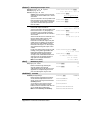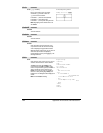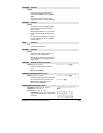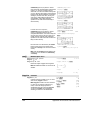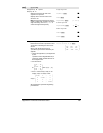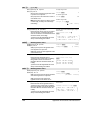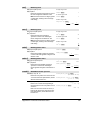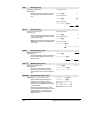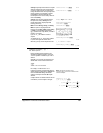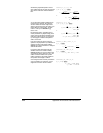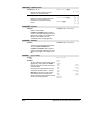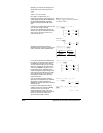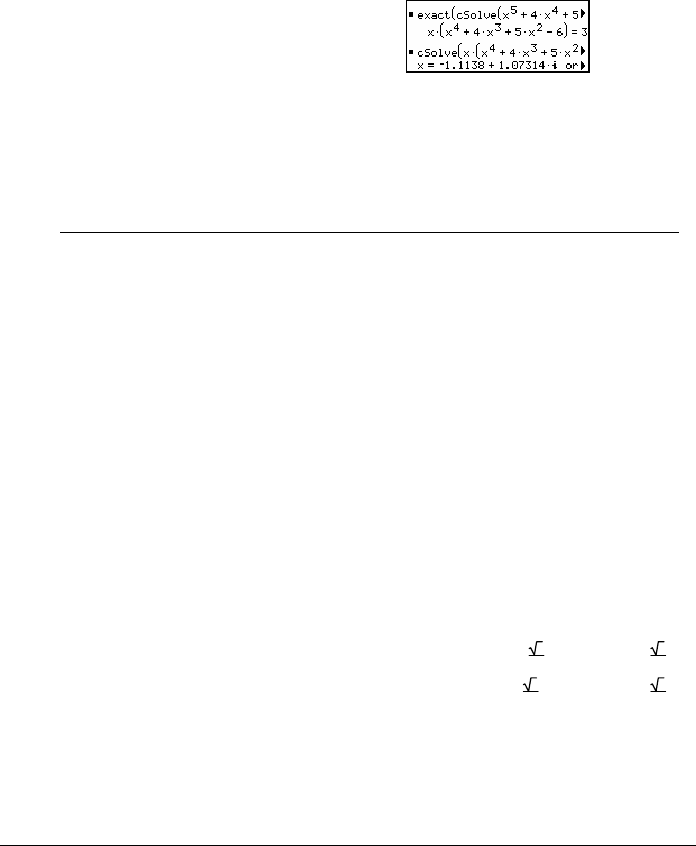
Appendix A: Functions and Instructions 799
cSolve() temporarily sets the domain to complex
during the solution even if the current domain is
real. In the complex domain, fractional powers
having odd denominators use the principal rather
than the real branch. Consequently, solutions
from
solve() to equations involving such
fractional powers are not necessarily a subset of
those from
cSolve().
cSolve(x^(1/3)=ë 1,x) ¸ false
solve(x^(1/3)=ë 1,x)
¸ x = ë1
cSolve() starts with exact symbolic methods.
Except in
EXACT mode, cSolve() also uses
iterative approximate complex polynomial
factoring, if necessary.
Note: See also
cZeros(), solve(), and zeros().
Note: If
equation
is non-polynomial with
functions such as
abs(), angle(), conj(), real(),
or
imag(), you should place an underscore
(¥ ) at the end of
var
. By default, a variable is
treated as a real value.
Display Digits mode in Fix 2:
exact(cSolve(x^5+4x^4+5x
^3ì6xì3=0,x)) ¸
cSolve(ans(1),x)
¸
If you use
var
_ , the variable is treated as
complex.
You should also use
var
_ for any other variables
in
equation
that might have unreal values.
Otherwise, you may receive unexpected results.
z is treated as real:
cSolve(conj(z)=1+
i
,z) ¸
z=1+
i
z_ is treated as complex:
cSolve(conj(z_)=1+
i
,z_) ¸
z_=1−
i
cSolve(
equation1
and
equation2
[and
…
],
{
varOrGuess1
,
varOrGuess2
[,
…
]})
⇒
⇒⇒
⇒
Boolean expression
Returns candidate complex solutions to the
simultaneous algebraic equations, where each
varOrGuess
specifies a variable that you want to
solve for.
Optionally, you can specify an initial guess for a
variable. Each
varOrGuess
must have the form:
variable
– or –
variable
=
real
or
non
-
real
number
For example,
x is valid and so is x=3+
i
.
If all of the equations are polynomials and if you
do NOT specify any initial guesses,
cSolve() uses
the lexical Gröbner/Buchberger elimination
method to attempt to determine all complex
solutions.
Note: The following examples use an
underscore (¥ ) so that the variables will be
treated as complex.
Complex solutions can include both real and non-
real solutions, as in the example to the right.
cSolve(u_ùv_ìu_=v_ and
v_^2=ëu_,{u_,v_}) ¸
u_=1/2 +
3
2
ø
i
and v_=1/2 ì
3
2
ø
i
or u_=1/2 ì
3
2
ø
i
and v_=1/2 +
3
2
ø
i
or u_=0 and v_=0



